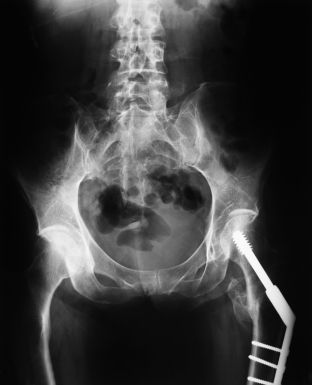If you were playing a word association game, I bet you’d be hard pressed to combine nursing home patients and car accidents! While the terms may mix like oil and water in many contexts, in my world as a nursing home lawyer I frequently see the two intermixed– and the the results certainly don’t favor the patients.
In my nursing home ligation practice, I see many cases where nursing home patients are horribly injured in car accidents either as pedestrians or as passengers in vans. While most think about nursing home patients passing time in an idyllic setting, the truth is that there is a significant portion of the nursing home population that leaves the facility for their personal recreation, visit with doctors or tend to personal business.
Because auto accidents make up a significant number of accidents for nursing home patients, I plan on going into the three major categories of automobile injury cases affecting nursing home patients and the respective liability issues for both driver and nursing facility.
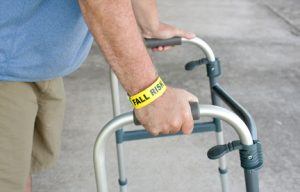 One of the largest concerns for the elderly is preventing falls. They are the largest cause of injury death for people 65 years and older, according to the Center for Disease Control (CDC). In 2008, 19,700 older adults died from fall injuries and in 2009, 2.2 million fall injuries were treated at emergency rooms across the country.
One of the largest concerns for the elderly is preventing falls. They are the largest cause of injury death for people 65 years and older, according to the Center for Disease Control (CDC). In 2008, 19,700 older adults died from fall injuries and in 2009, 2.2 million fall injuries were treated at emergency rooms across the country. Nursing Home Law News
Nursing Home Law News


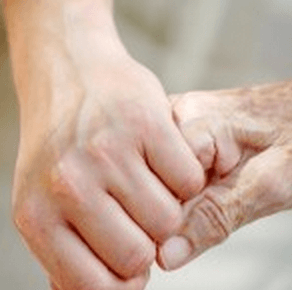
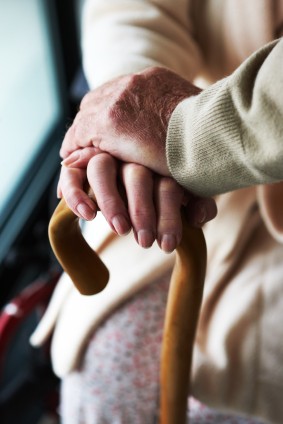
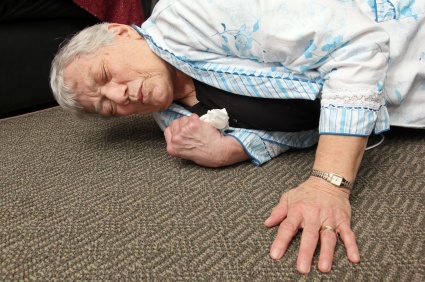
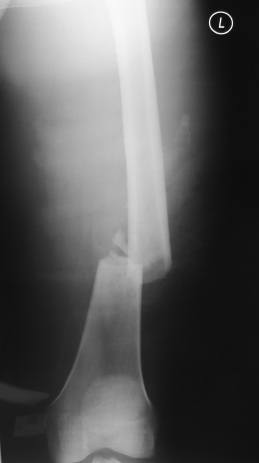
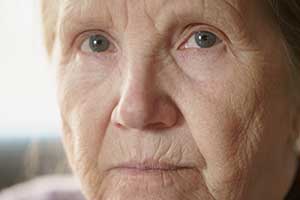
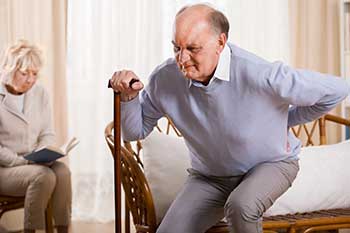
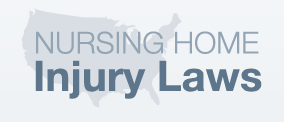 In times of need, locating necessary information regarding the legal rights and resources for nursing home patients can be difficult and imposing. In this respect, we are proud to introduce a new resource for patients, families and practitioners looking for a concise compilation of information regarding nursing home laws. Nursing Home Injury Laws, provides every states’:
In times of need, locating necessary information regarding the legal rights and resources for nursing home patients can be difficult and imposing. In this respect, we are proud to introduce a new resource for patients, families and practitioners looking for a concise compilation of information regarding nursing home laws. Nursing Home Injury Laws, provides every states’: